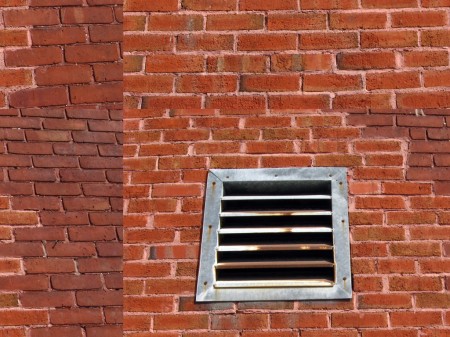The Economist recently published an article lamenting how little funding is devoted to tracking the quantity of greenhouse gases in the atmosphere. States do produce bottom-up records of emissions, based on what various facilities and vehicles emit. But it is also possible to track the accumulation of heat-trapping gases in the atmosphere directly, and to infer things about emissions from regional variations in concentrations and from isotopic ratios which can help to identify the sources of gases like CO2 and methane. As explained in the article, little of this is being done, largely because of a lack of funding. The unfortunate destruction of the Orbiting Carbon Observatory is also a contributing factor.
It is both saddening and surprising that so little funding is devoted to collecting this basic information, especially given that it could provide the earliest signs of significant changes in the functioning of the carbon cycle. For instance, it could identify things like the rate of methane release in the Arctic, or changes in the world’s carbon sinks. Greenhouse gases affect the climate system, regardless of whether they are released directly by human beings or whether humans merely induce their release indirectly. As such, top-down tracking is vital for developing and maintaining a comprehensive sense of what is going on.
In Canada, at least, the state of climate science funding seems to be worsening. While promises of a ‘High Arctic Research Station’ continue to be made periodically, the Polar Environment Atmospheric Research Laboratory (PEARL) is being shut down for lack of funding, and Canada’s climate scientists remain muzzled.


What are your thoughts on this Milan?
http://www.youtube.com/watch?v=oavMtUWDBTM&feature=related
We really are bad at this catastrophic risk monitoring, aren’t we?
Cuts cast doubt on asteroid plan
By Paul Rincon
Science Reporter, BBC News
Plans to more precisely plot the orbit of an asteroid with a small chance of hitting Earth in 2036 may be badly hit by funding cuts to a US radar facility.
Radar measurements set to be made in January 2013 by the Arecibo Observatory in Puerto Rico, US, could help rule out an impact by asteroid Apophis.
But the cuts mean Arecibo needs an extra $2m-$3m a year to continue.
If not, the observations planned for 2011-2013 will have to be abandoned, the facility’s director told BBC News.
Dr Michael Nolan said he was “moderately optimistic” that the money could be found.
What’s going on with that photo? Is it a collage-of-brick-type-thing?
Just a simple brick wall and Photoshop’s offset filter.